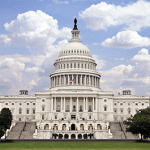Physicians have a lot going on. Between the pressures of clinical and administrative responsibilities, sometimes the only way to keep everything together is with a to-do list. Unfortunately, it can often feel as though some items never come off that list. Often, the bigger a project sounds, the more likely it is to sit on…



